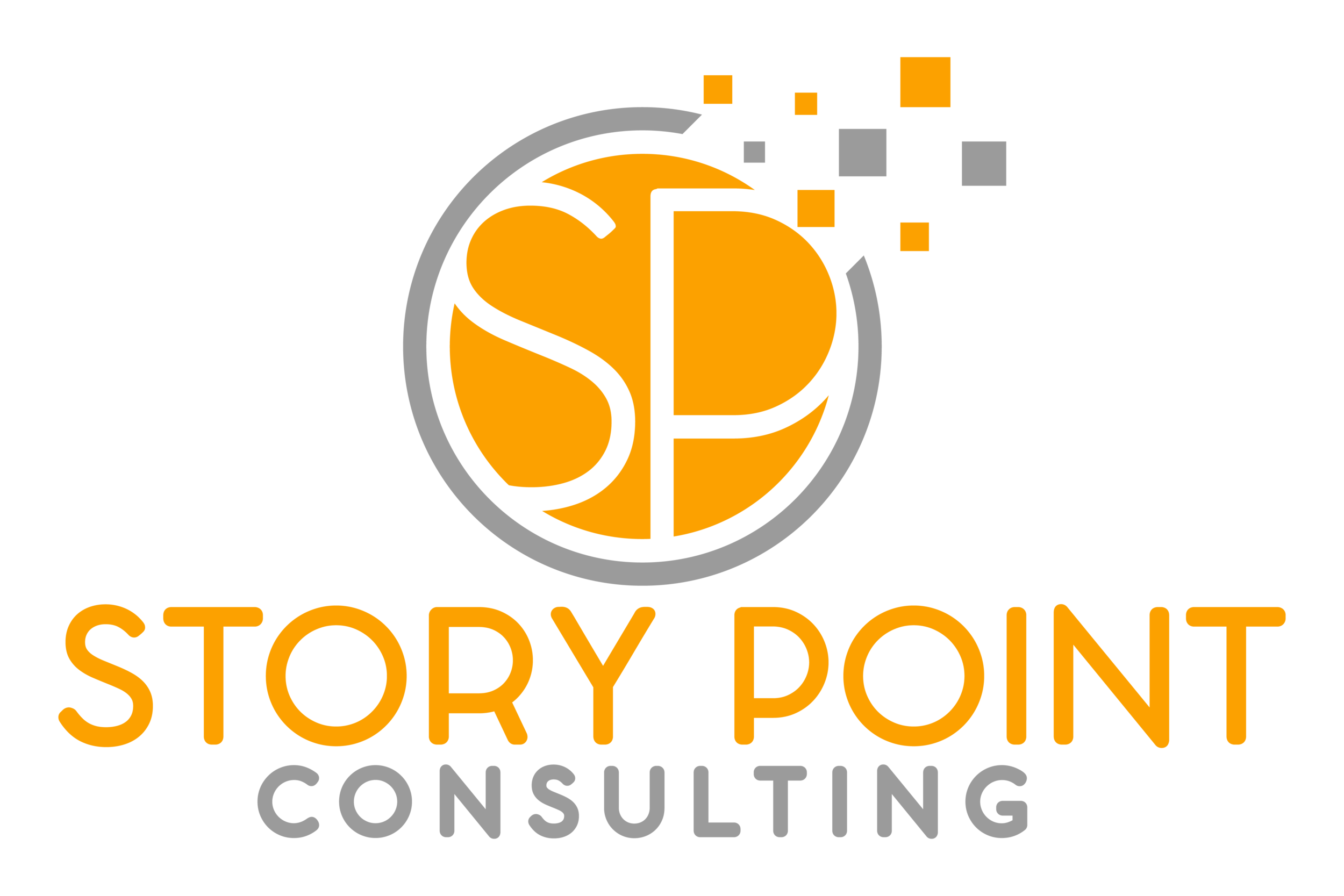Data 101: Optimize Your Donor Data for Better Fundraising Results
The benefits of optimized fundraising data
In the world of fundraising, data is one of the most valuable assets for a charity or nonprofit organization. However, just having data is not enough—it needs to be optimized. Optimized data is data that is well-organized and up-to-date, making it easy to access and use. It is like having a well-labeled filing system that helps you quickly find what you need and make better decisions. With data in this state, your organization can achieve the following.
Enhanced Efficiency: Optimized data streamlines operations and reduces the time spent searching for donor details, allowing your staff to focus on strategic activities rather than administrative tasks.
Informed Decision-Making: With well-organized data, you can generate a fundraising dashboard or reports that help you make informed decisions about future fundraising strategies.
Personalized Communication: When donor data is well-organized, it allows for more personalized communication which strengthens donor relationships and increases the likelihood of continued support.
Resource Allocation: Optimized data enhances resource allocation by identifying the areas that need attention and investment. Understanding donor trends and engagement levels enables you to allocate resources where they will have the most significant impact.
Enhanced Donor Retention: Keeping track of donor engagement and satisfaction levels through organized data helps identify at-risk donors. This allows you to proactively address any concerns and re-engage them, leading to better donor retention rates.
In this article, we will provide actionable steps to streamline and optimize your donor data for better fundraising results.
Assessing your current data
Before your organization can improve its data, it is important to understand its current state. Start by checking for inconsistencies and identifying areas that need more attention. By establishing a clear starting point, you can make effective improvements and optimize your data. Taking these initial steps ensures your efforts to organize your data will be successful and set a strong foundation for future data management.
Cleaning your donor data
When cleaning your donor data, there are several aspects to consider. Start by identifying any outdated information, such as old donor emails or addresses, or changes in key contacts at organizations. These outdated details clutter your database and can create the illusion of having more supporters and prospects than you actually do.
Next, remove duplicate data caused by data entry errors, or from merging multiple data sources incorrectly, which results in duplicate entries. Eliminating duplicates is crucial to ensure accurate donor summaries, especially when assessing individual contributions. Furthermore, accurate records are essential for evaluating donor contributions and making informed donor asks.
Finally, establish clear rules around data entry. These rules can be documented or may be directly integrated into your donor database software. For example, ensure consistent use of uppercase and lowercase entries, identical date formats, and avoid incomplete entries where essential information is missing. This consistency creates a uniform database that is easier for your team to analyze and utilize effectively.
Organizing donor data
Creating categories within your donor data is incredibly useful. You can categorize donors based on their giving history, engagement level, or interactions with your organization. For example, you might have categories like major donors, lapsed donors, or volunteers.
If you are using spreadsheets, you can create additional columns to label these categories. If you are using a donor database, you can use tags or labels to segment your donors by giving capacity, interests, or engagement levels. This additional detail makes it much easier to tailor your communications and annual appeals, ensuring more effective and personalized outreach.
Maintaining your donor data
Maintaining your donor data is important for keeping your database current and accurate. And, it is important to set up a regular schedule to review and update your data, whether that is monthly, quarterly, or annually, depending on your team's capacity. Regular maintenance ensures that your records are accurate, which helps in making informed decisions. By reviewing your data it allows your organization to operate more efficiently. And, ensures that your fundraising decisions are always based on the most accurate information.
Training your team
Even if your team is new to data entry and management, there are best practices that can be easily covered during training.
Data Accuracy: Ensure all staff and volunteers responsible for data entry double-check their work to avoid mistakes.
Consistency: Use the same formatting for dates, names, addresses, and other fields to maintain uniformity.
Avoid Duplicates: Regularly search for and remove duplicate entries to keep the data accurate.
Data Security: Secure your data by password-protecting spreadsheets and using strong passwords for donor databases. Whenever possible, implement two-factor authentication and limit access to sensitive data.
Team Understanding: Make sure everyone on the team understands the importance of accurate data and their role in maintaining it.
Plan for a series of training sessions, depending on the number of topics that need to be covered. Start with an overview of data entry fundamentals, and then move on to specific tools and software your organization uses. This will give your team a solid foundation in data management.
This guide serves as a beginner's roadmap to streamlining donor data management, ensuring your team has optimized data. Even if you are a small charity or nonprofit, you can gradually implement these strategies to enhance your donor data management. By assessing, cleaning, organizing, and maintaining your current data, and training your team, you will improve your donor database. With a solid data management foundation, you'll be well-equipped to make confident decisions that drive better outcomes for your organization.




